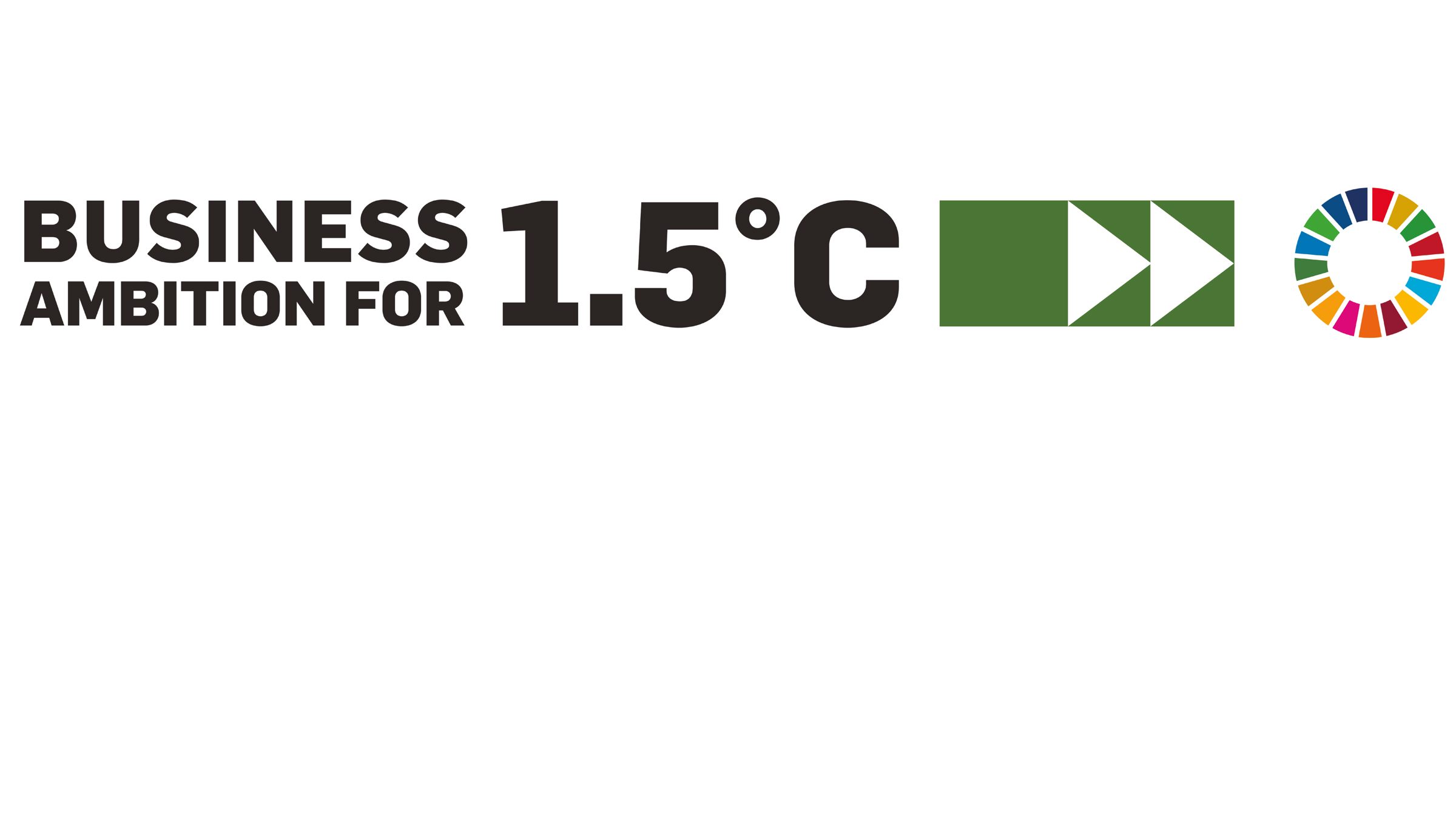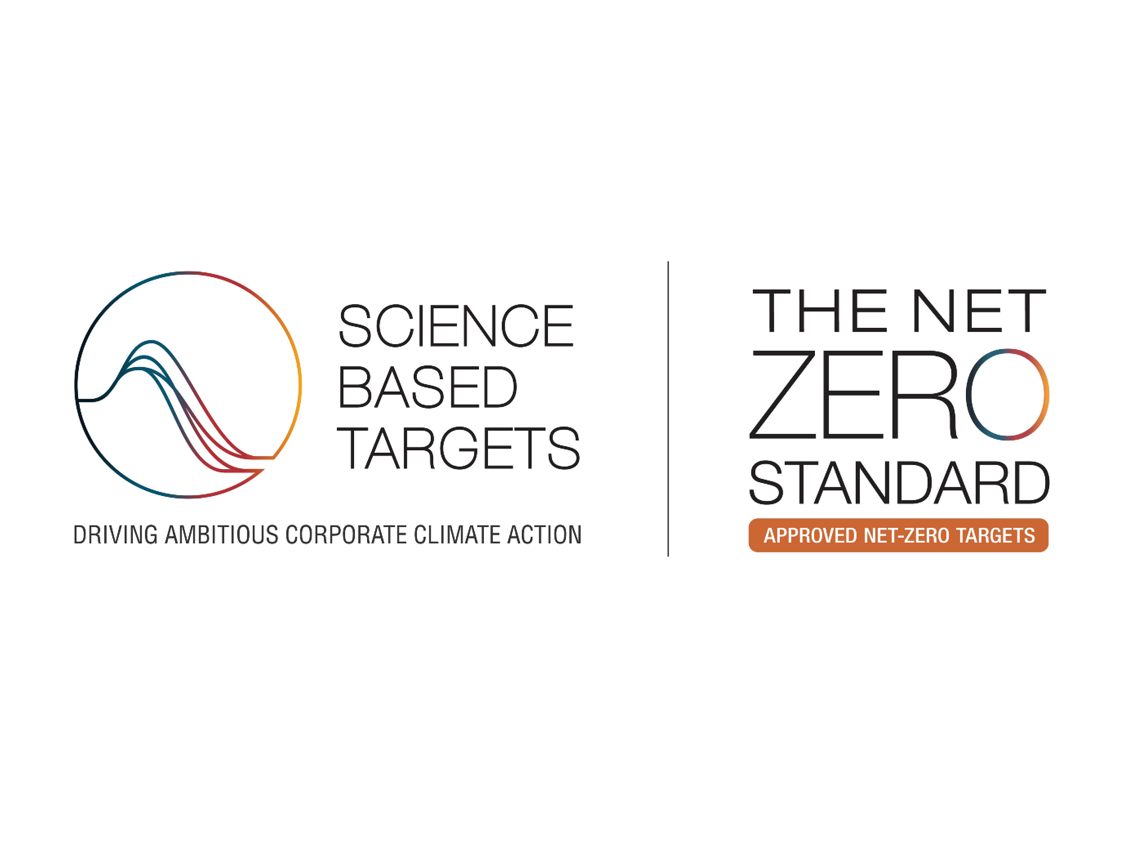
WE COMMIT TO REACH NET-ZERO GREENHOUSE-GAS EMISSIONS BY 2040
The Science Based Target initiative (SBTi) has approved NFI's net-zero science-based targets. Thus, NFI commits to reach net-zero greenhouse-gas emissions across the value chain by 2040.
Sustainability
Ferries are reliable connectors. Goods, cargo, and passengers efficiently travel through the many waterways between islands and countries in Scandinavia. In the old-fashioned way – yet in an entirely new way. Ferries never become outdated or redundant. But today, ferries are evolving rapidly.
Ferries are going greener and thereby contribute to improving our climate. They can sail on green electricity and e-fuels made from green electricity. There is still a long way to come, and there are plenty of challenges on the path towards greener ferry travel. But the course is set, and the ambitions are high.
As the world changes, so does our responsibility. We understand our role in the global narrative of climate change, and we are committed to writing a new chapter. A chapter where ferries are no longer symbols of the industry’s burden on our planet but instead become beacons of sustainability on the open seas.
Our vision is to operate a fleet that leaves nothing but a trail of waves – to navigate towards a future where each journey contributes positively to our common home, Earth.
Overall, ferries are more than just a safe mode of transportation. They are a crucial element in maintaining sustainable connections between societies, strengthening the economy, and providing us with the opportunity to explore the world.
NFI
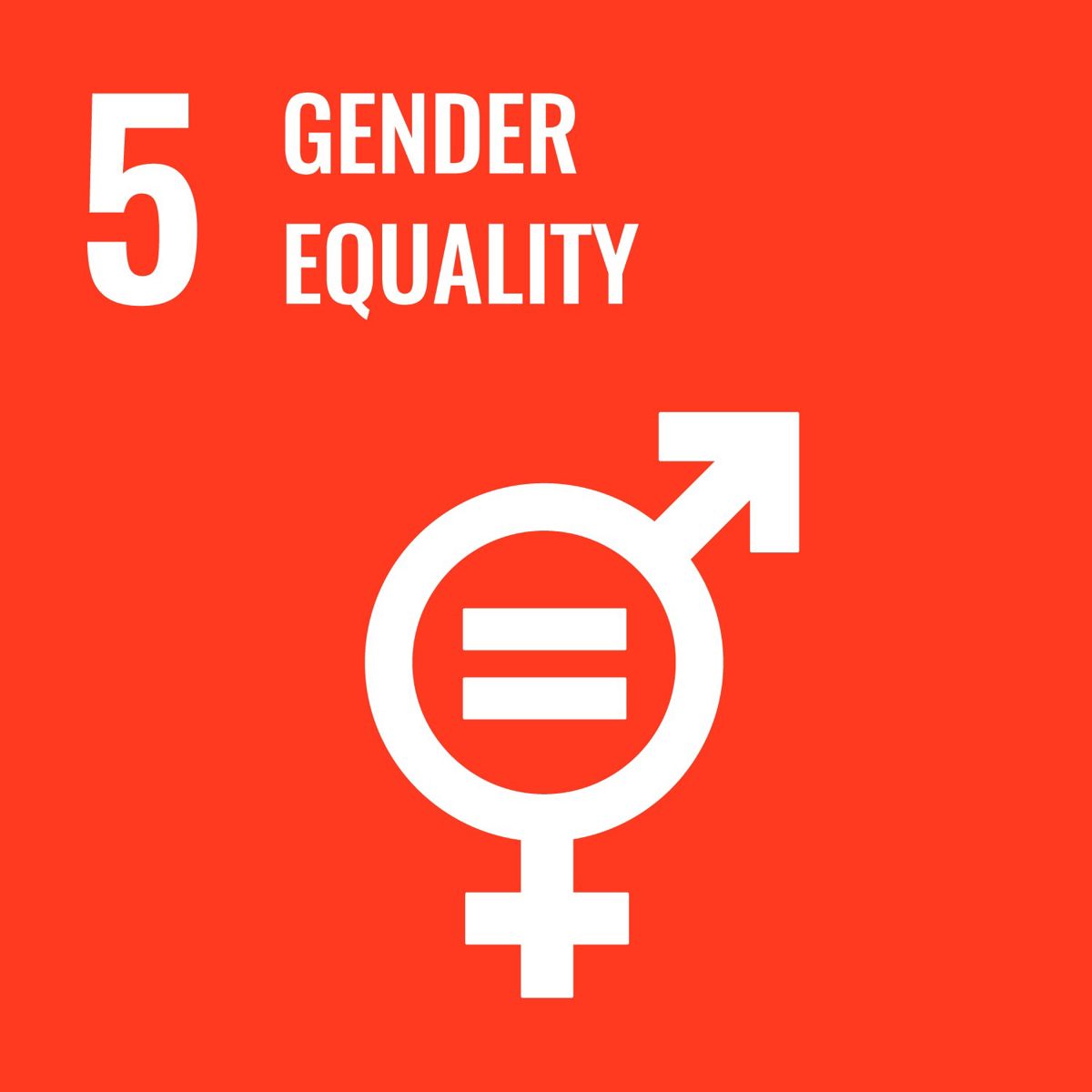
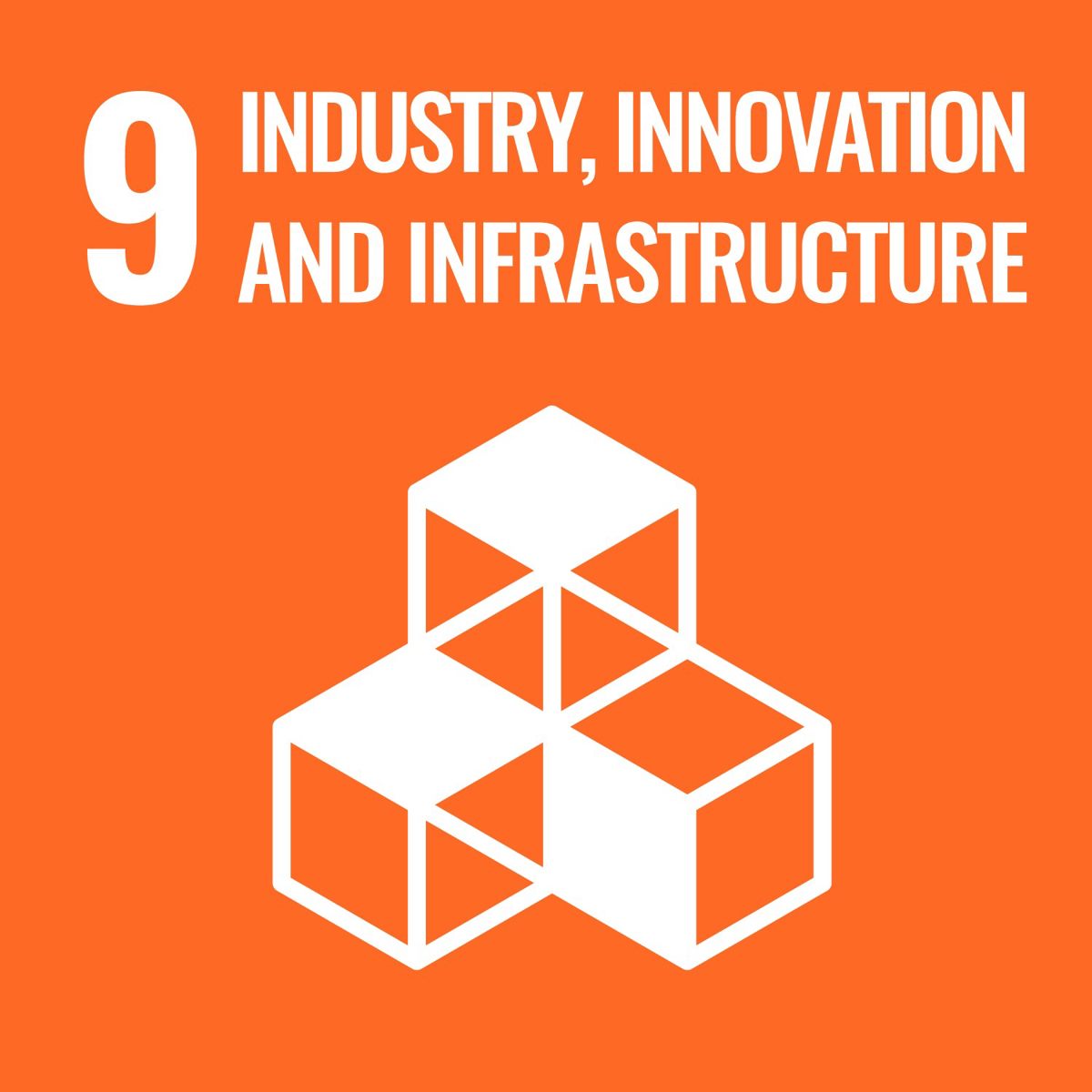
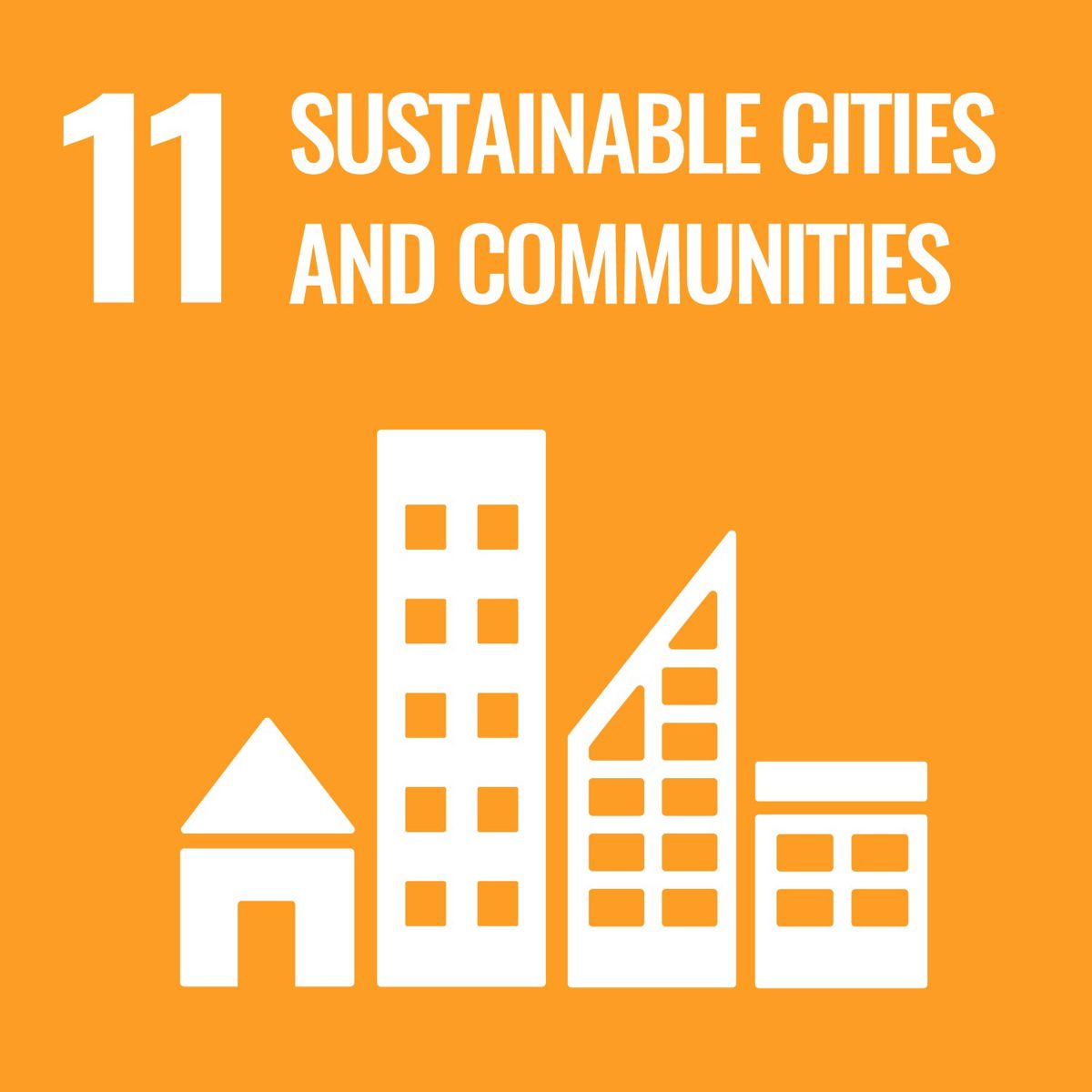
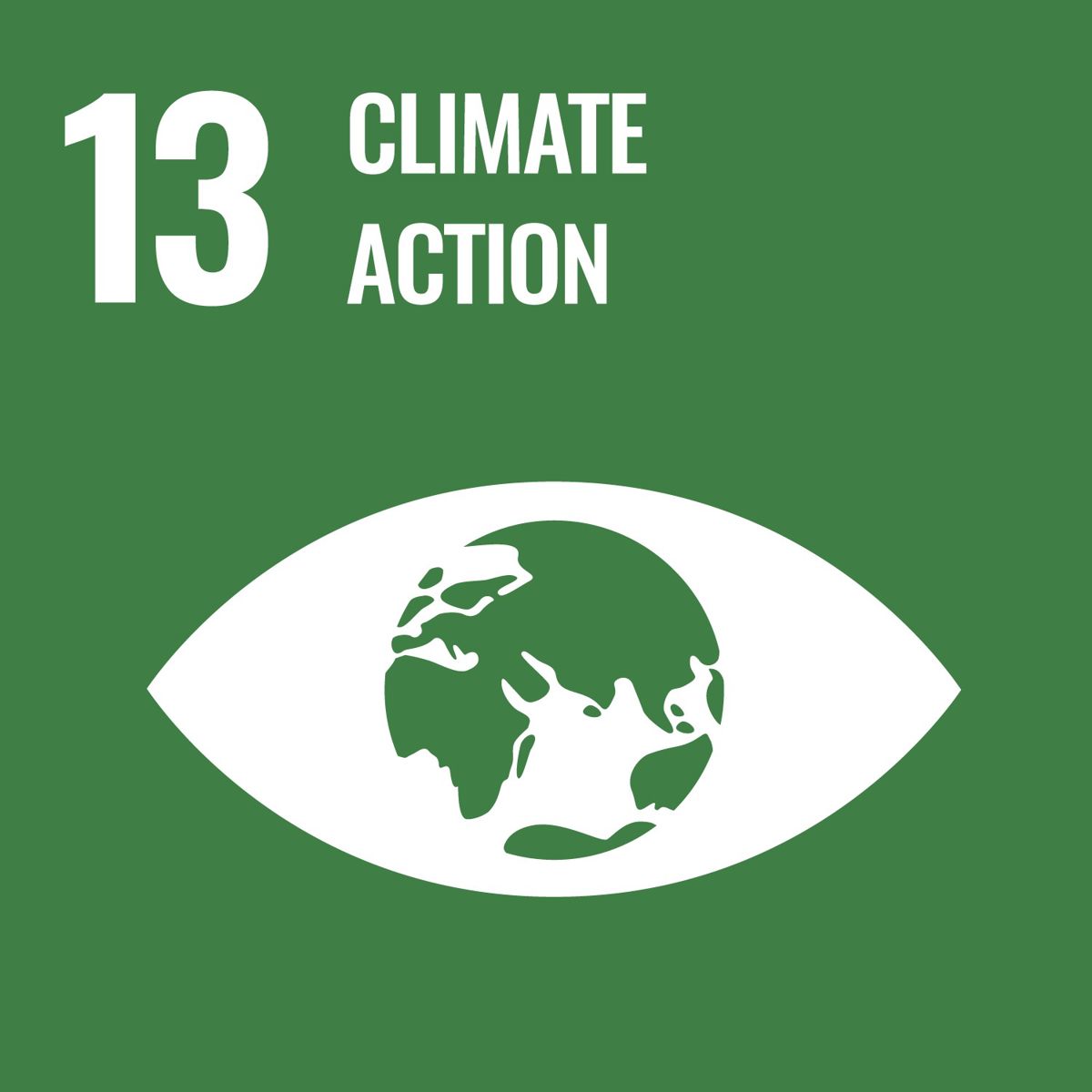
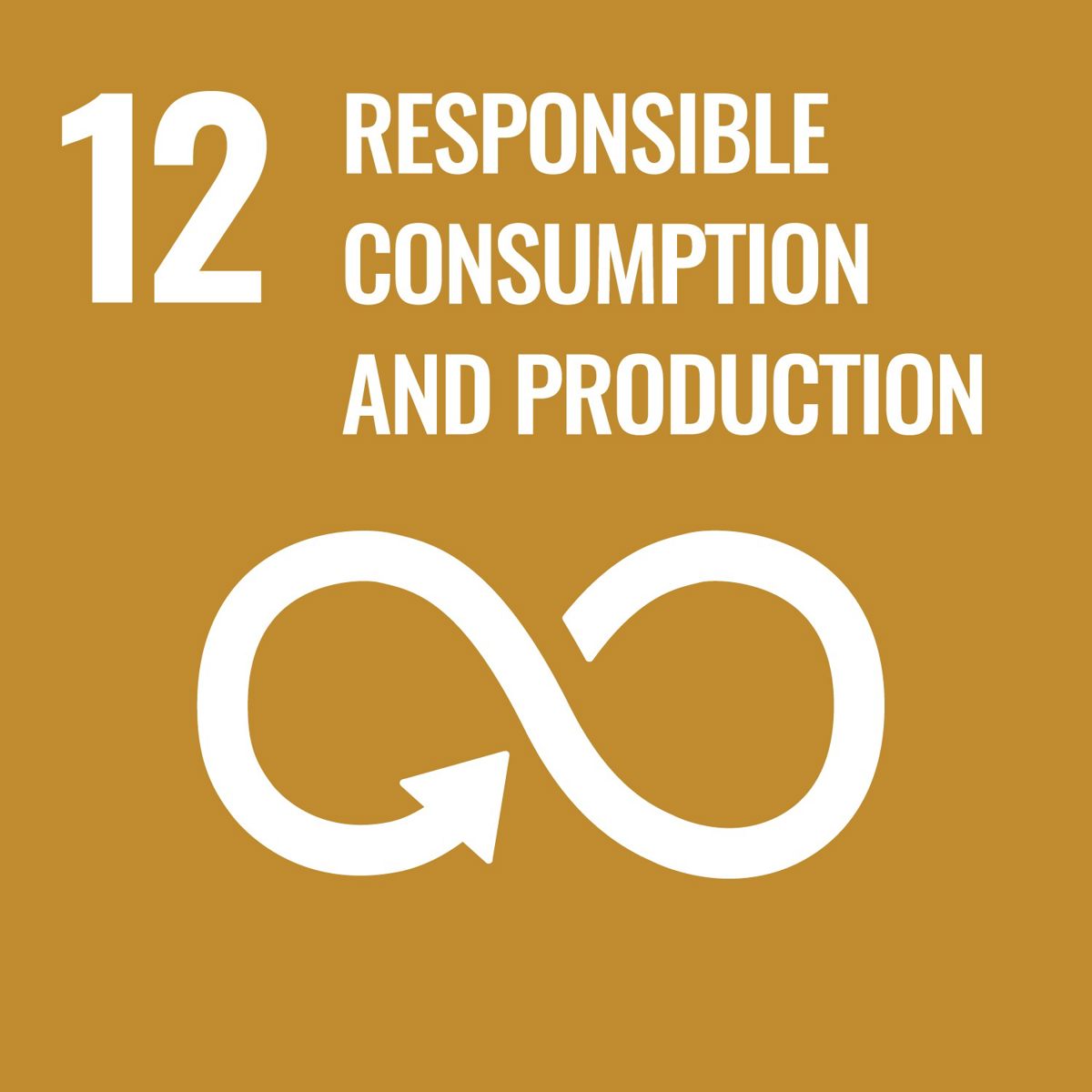
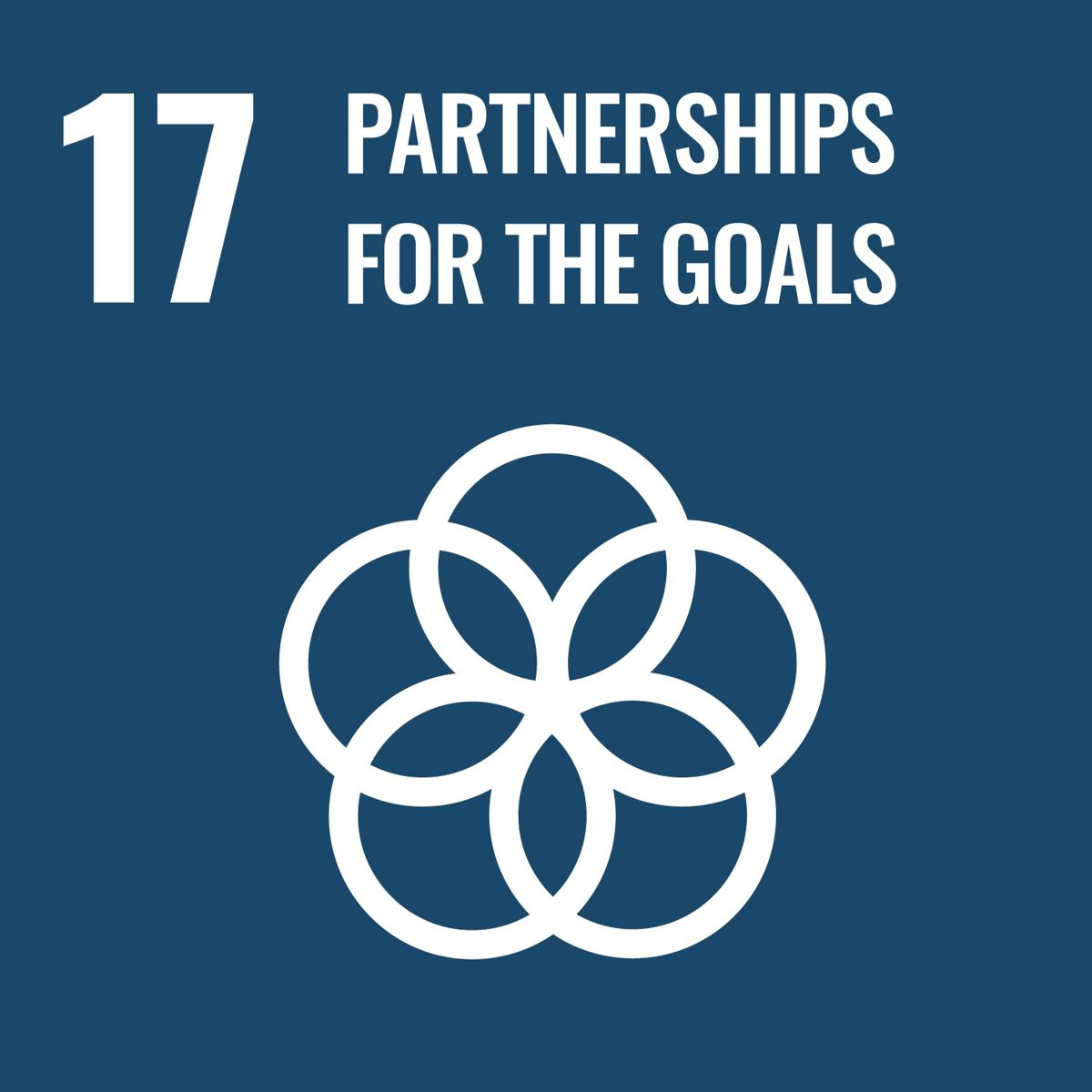
Documentation

Strategic focus areas for sustainability
We aim to reduce the total CO2 footprint significantly
To achieve this, we have two central KPIs for sustainability. These two KPIs are listed below.
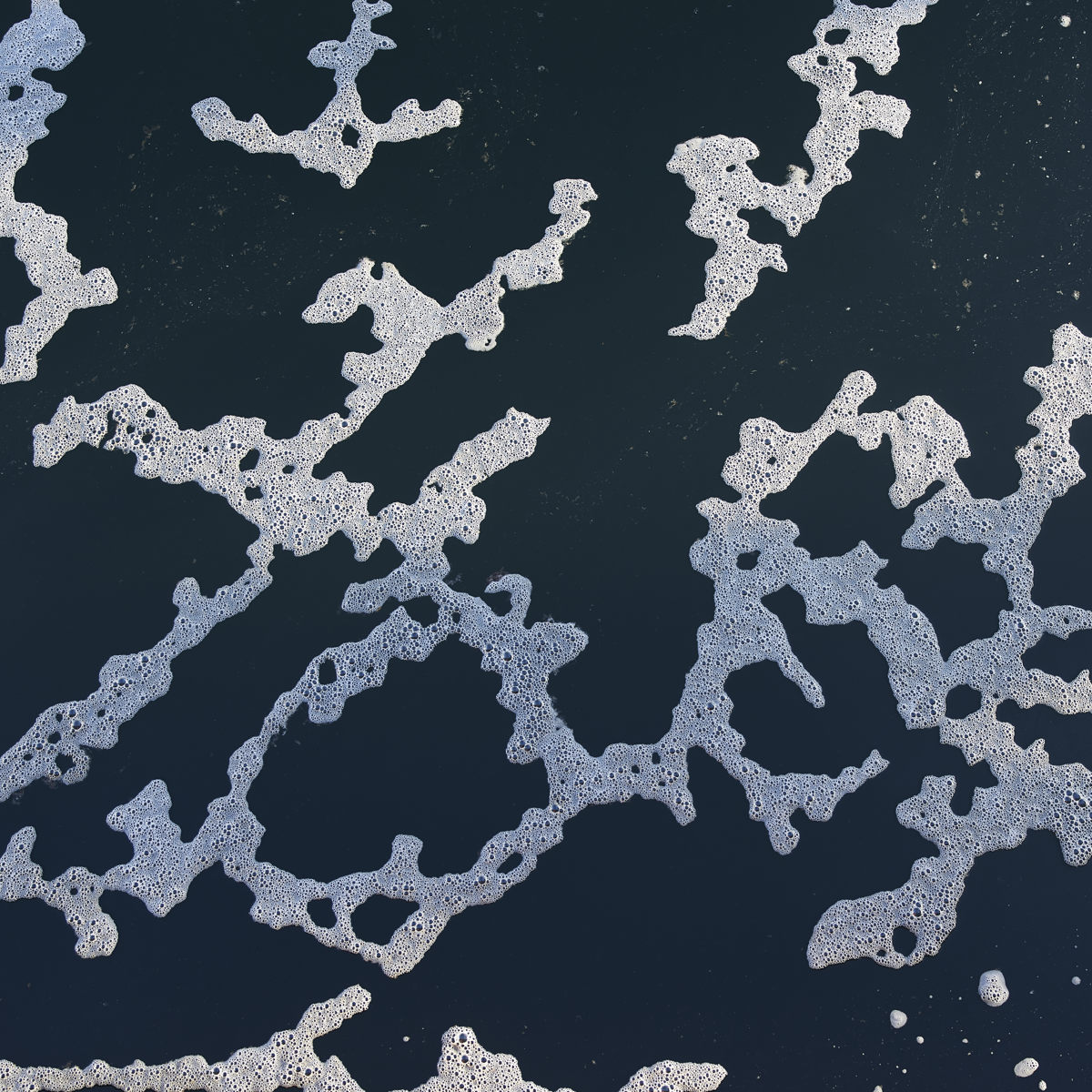
KPI #1
The goal is to reduce the GHG emission intensity of scope 1 (location-based) and 2 (market-based) measured in gCO²e/tnm on the Borrower's perimeter.
Transportation of cars and passengers have required large amount of fossil fuels throughout the years.
It is crucial to reduce the footprint of GHG remissions in the maritime transport sector in order to limit global warming and not exceed the 1.5°C target.
KPI #2
Torghatten and Molslinjen strive to be safe and zero accidents workplaces. Employees work in challenging sea conditions, which creates a higher risk of injuries. Therefore, it is of crucial importance to protect employees' wellbeing, by focusing on having a healthy and safe work environment. This focus on safety also contributes to attract the best new employes and maintaining the existing ones.
Thus, NFI aim to reduce the number of lost time incidents, i.e. injuries occurring in the workplace that results in an employee's inability to work the next full work day.
At Molslinjen incidents are reported to Danish Maritime Authority for employees at sea and AES (Labour Market Insurance) for employees on land. At Torghatten incidents are reported to the Norwegian Maritime Authority.
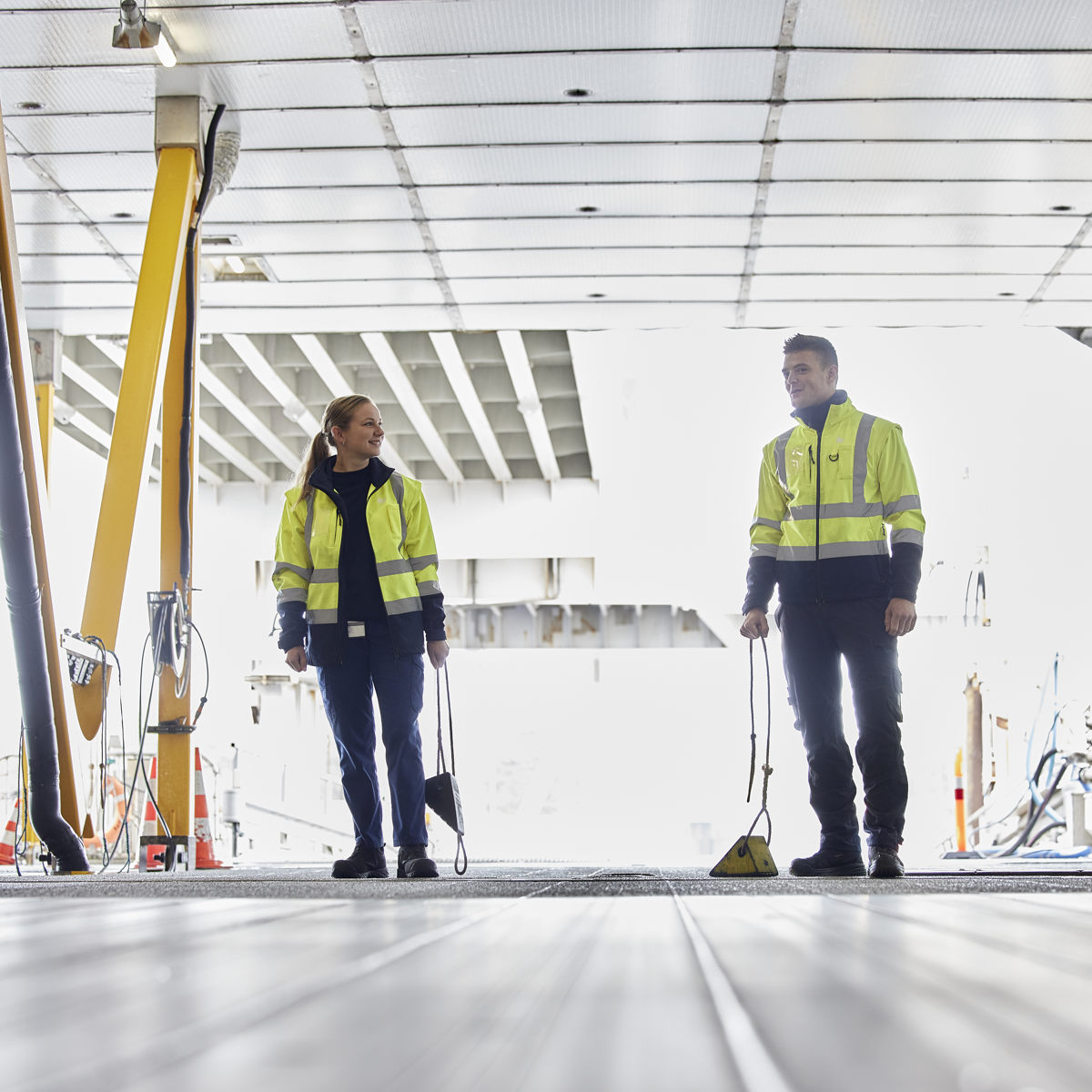
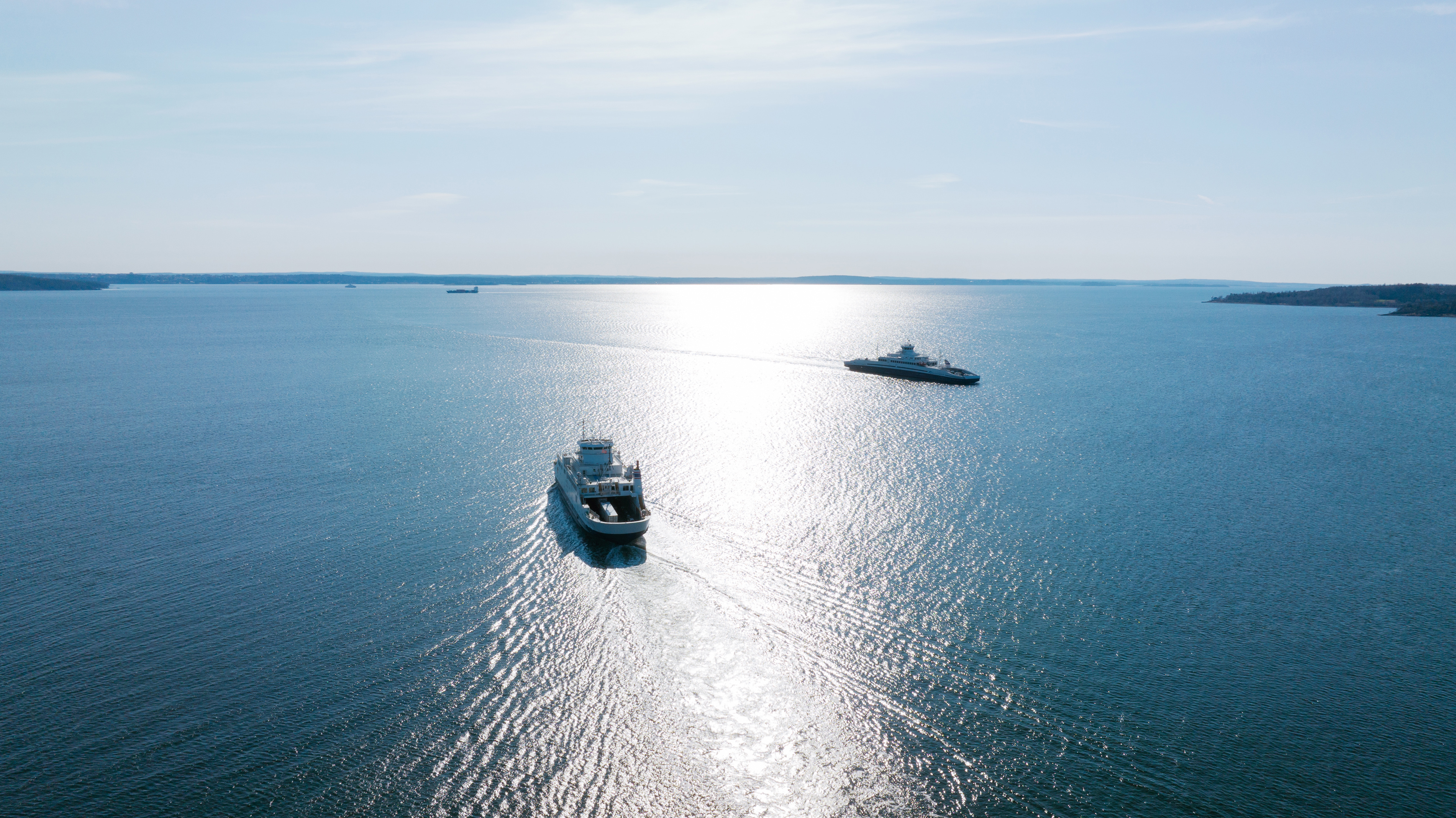

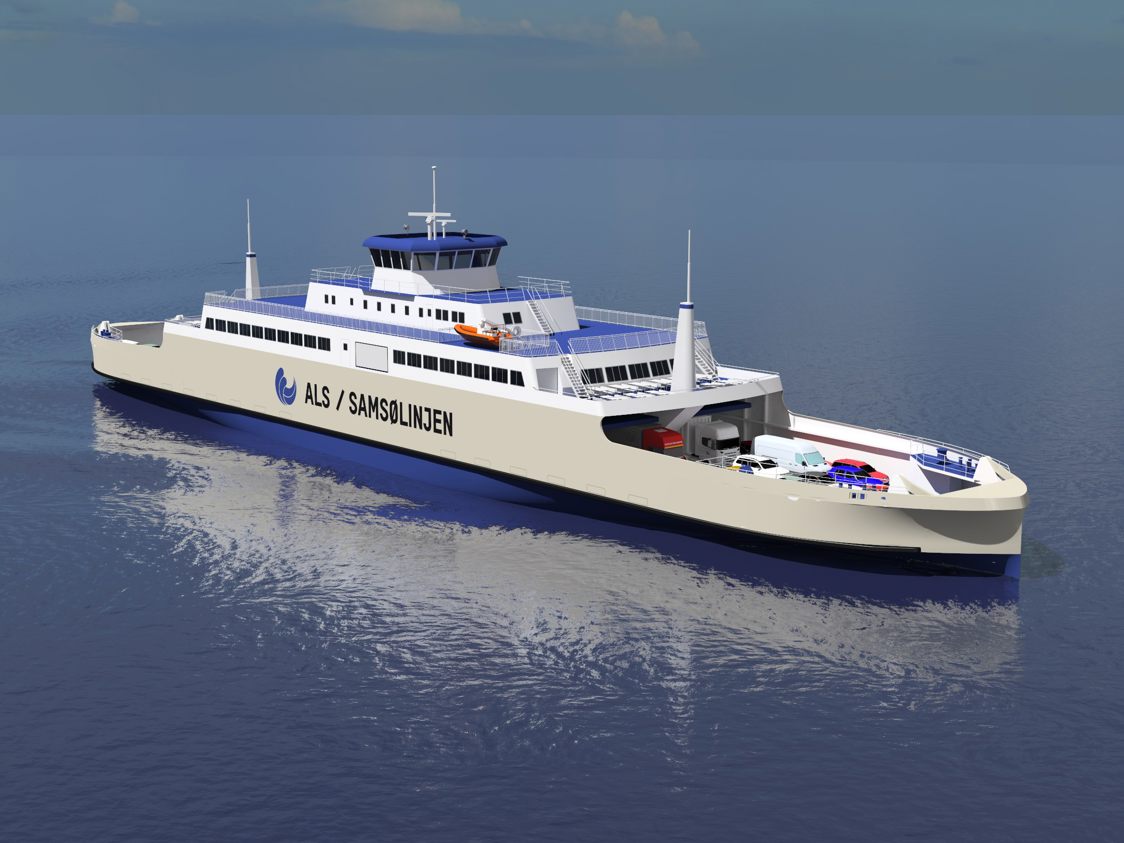
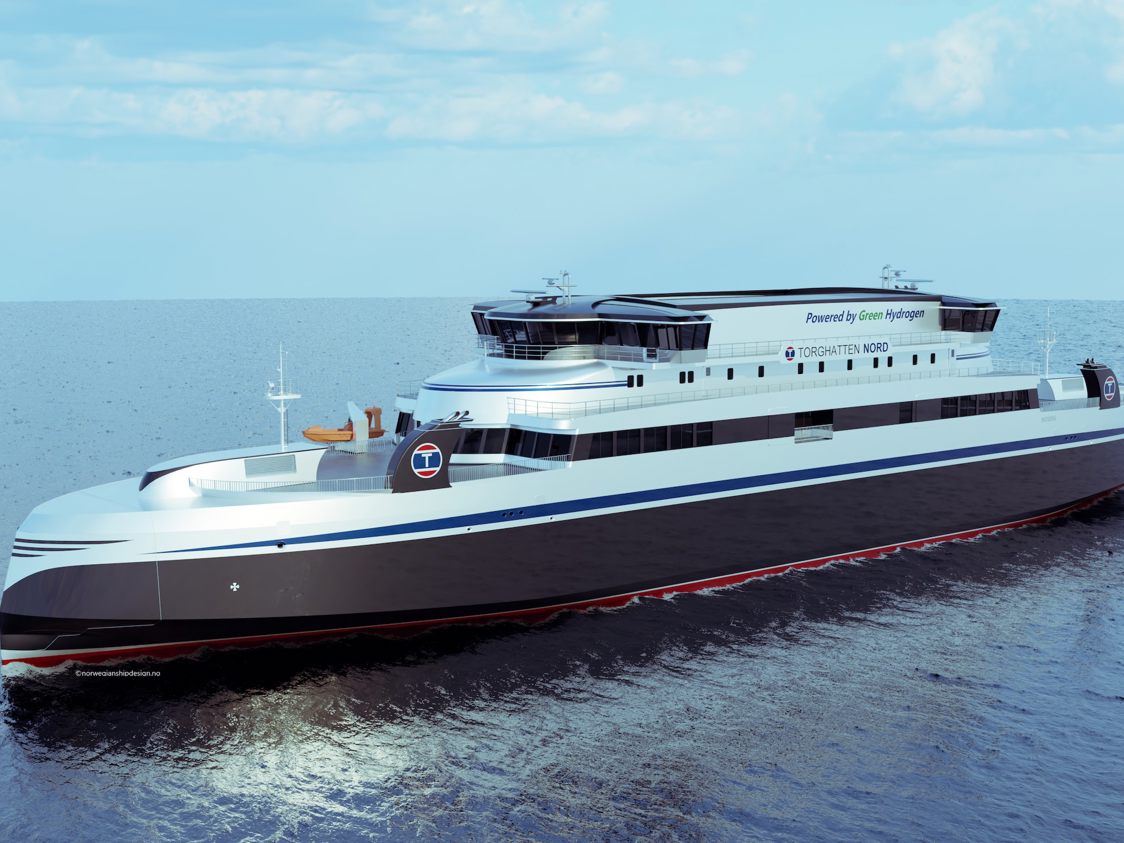
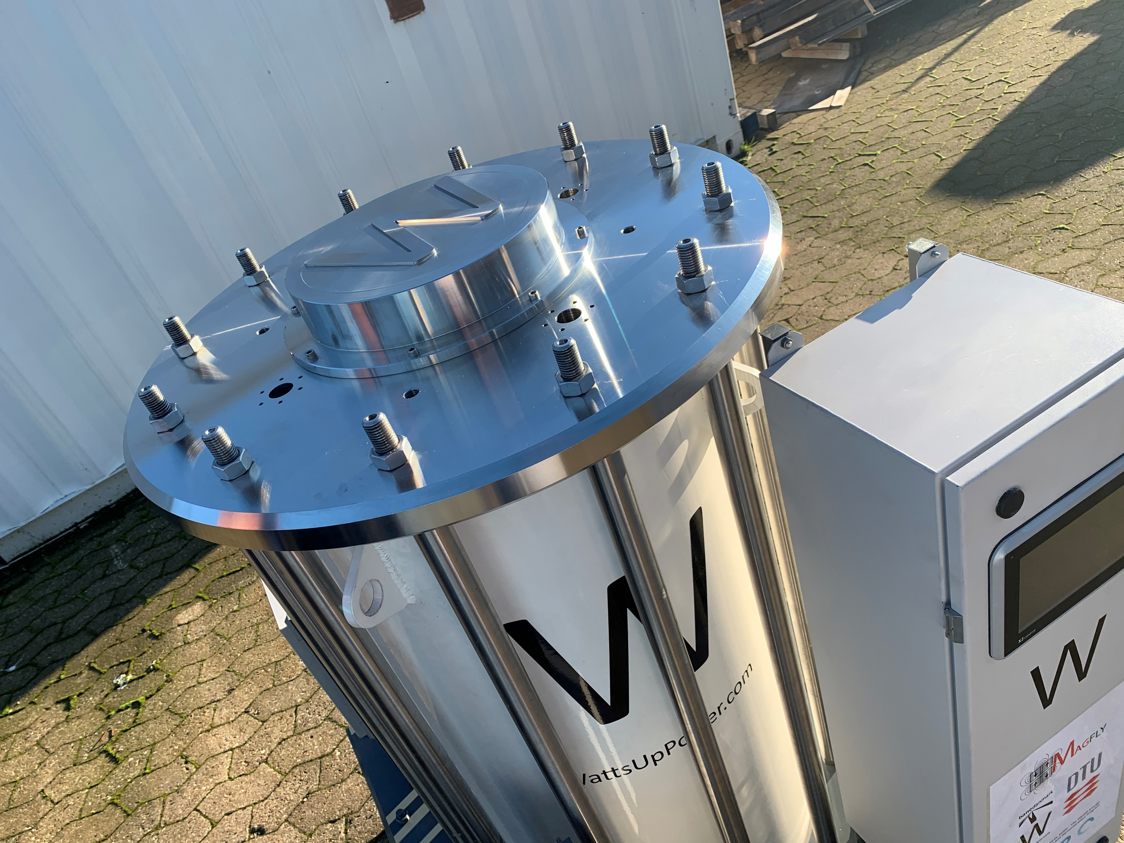
ØRESUNDSLINJEN
About 90% of the ferry traffic is planned to be electric in 2025.
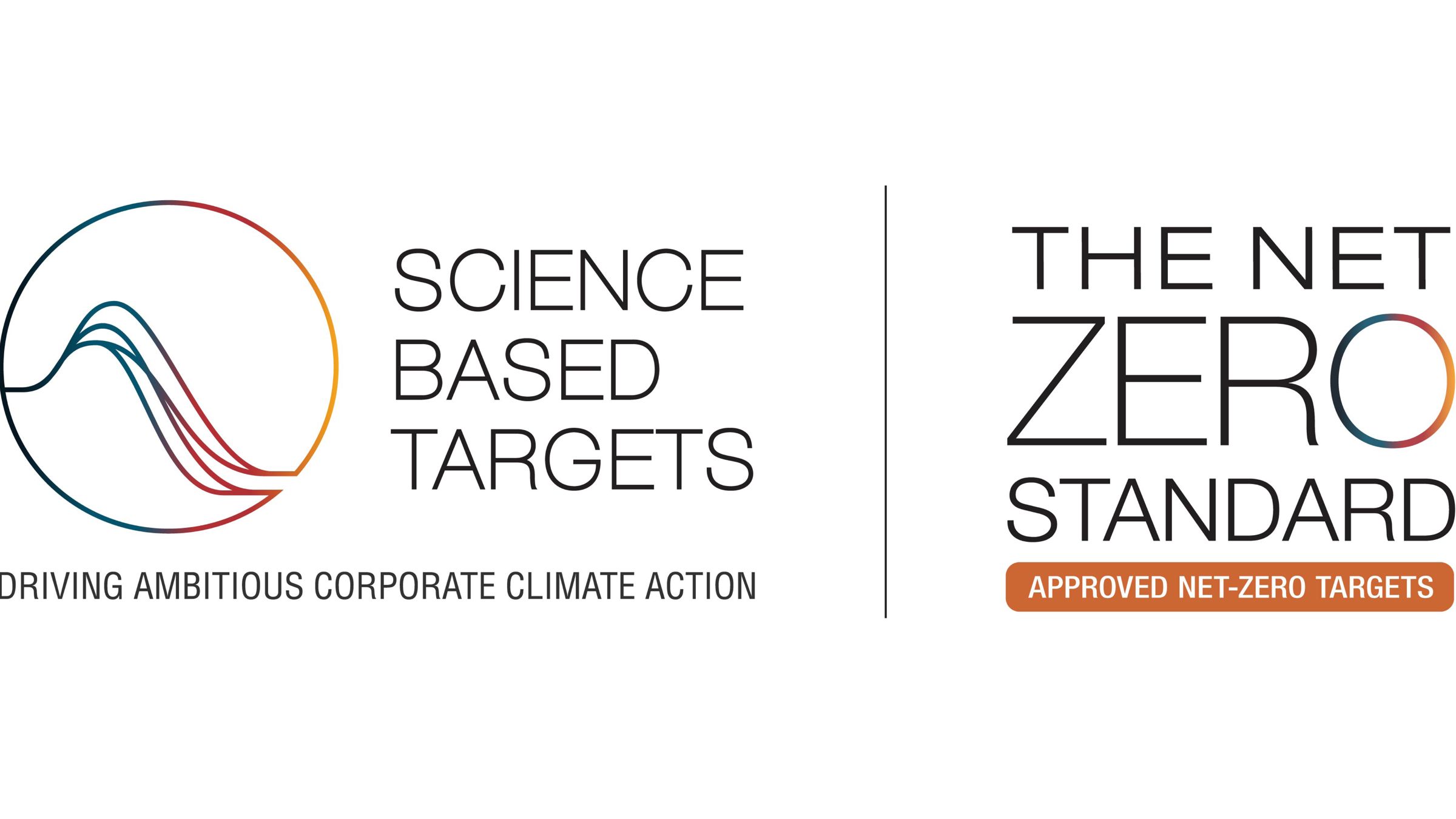
Together with the Science Based Targets initiative (SBTi) NFI has signed a contract where the company and its two subsidiary shipping companies, Molslinjen A/S and Torghatten, commit to working towards the climate goals established in the Paris Agreement.
As outlined in the Paris Agreement we are to limit global warming to 1.5 degrees Celsius. The climate crisis demands that we all take responsibility for the environment around us. Therefore, we have set up an ambitious goal of fossil free ferries, to be achieved through science-based targets that provide a clearly defined path for reducing greenhouse gas emissions.
SBTi is a collaboration between the Carbon Disclosure Project (CDP), the World Resources Institute (WRI), the WorldWide Fund for Nature (WWF), and the United Nations Global Compact (UNGC). It provides a set of scientifically based climate targets to ensure companies make progress towards a greener future through specific goals and actions. SBTi is a global standard with common rules for calculating environmental impact and ensures that we define an action plan to achieve our goals.
SBTi's science-based Net-Zero Standard will combat inconsistencies that surround net-zero targets and allow companies like us to decarbonize at the pace and scale required to align with the goals of the Paris Agreement and keep 1.5 degrees Celsius in reach.
NFI has approved near and long-term science-based emissions reduction targets with the SBTi. The SBTi has verified NFI's net-zero science-based targets by 2040.
Nordic Ferry Infrastructure, with its subsidiaries Torghatten and Molslinjen, commits to reach net-zero greenhouse-gas emissions across the value chain by 2040.
Near-Term Targets
These goals are set with 2022 as the base year.
*The targets include land-related emissions and removals from bioenergy feedstocks; WtW accounts for all GHG emissions of fuel consumed, from production to use onboard vessels; tonne nautical mile is a measure of transport activity which accounts for weight transported and distance sailed; use of sold products includes fossil fuel sales.
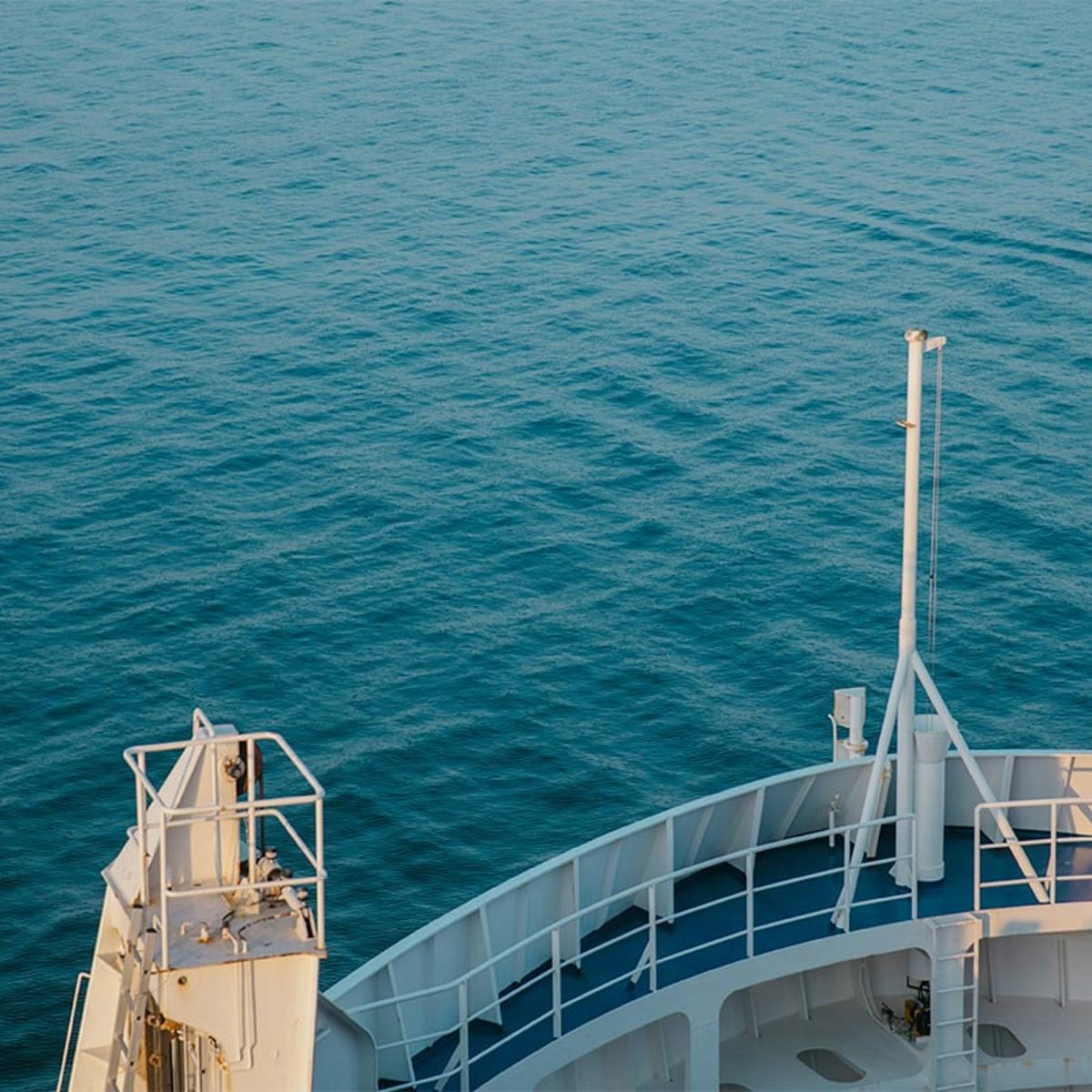
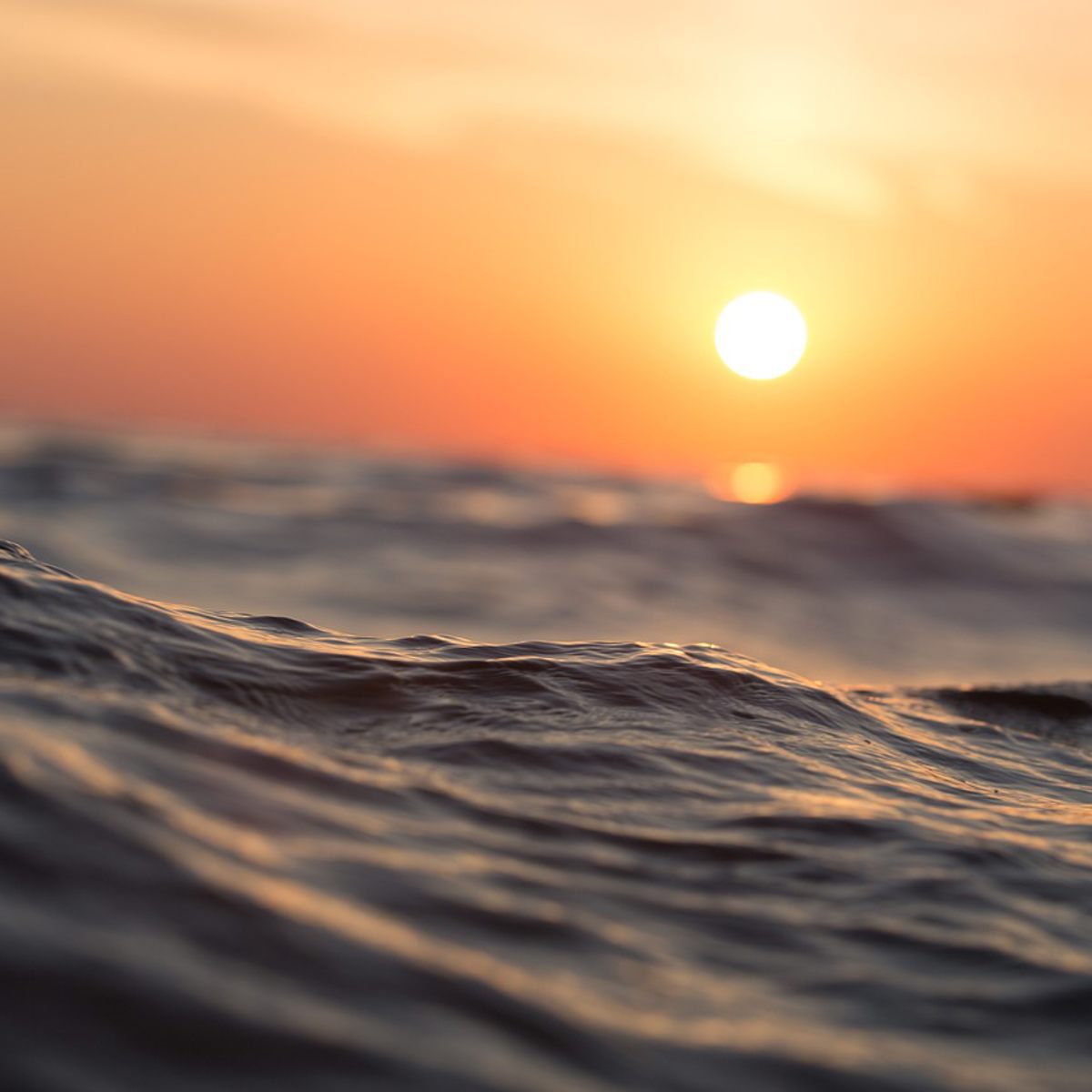
Long-Term Targets
These targets are set with 2022 as the base year.
*The targets include land-related emissions and removals from bioenergy feedstocks; WtW accounts for all GHG emissions of fuel consumed, from production to use onboard vessels; tonne nautical mile is a measure of transport activity which accounts for weight transported and distance sailed; use of sold products includes fossil fuel sales.
